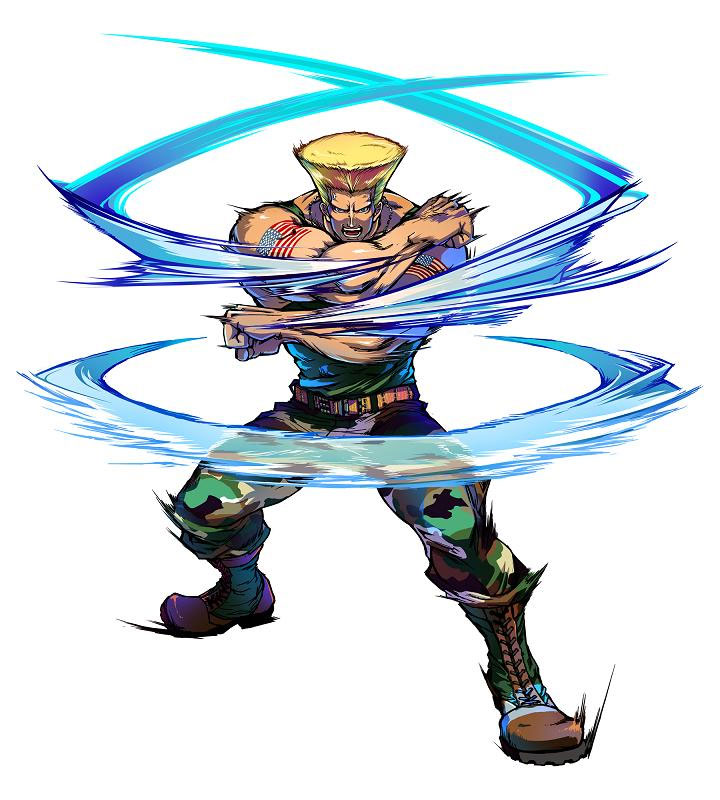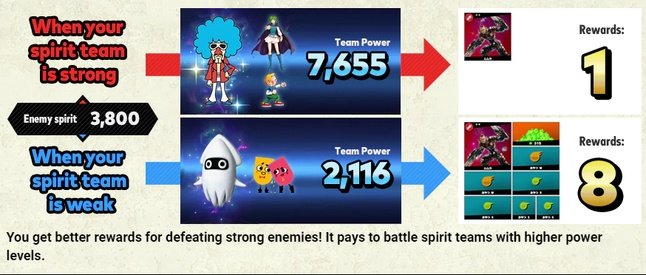

List containers Chris-related CWC on TV Christian Weston Chandler. Use caution when assuming ownership of a comment made by a Deleted User with multiple messages. In Discord, if two or more users chat in sequence then have their accounts deleted, their messages will be mixed together under one "Deleted User" name. NOTE: This article or section contains Discord chatlogs mentioning a Deleted User with multiple messages. Consider this when judging the veracity of the material below.

BellaSource NOTE: This material originated from Bella, who has fabricated texts at least once.

}} In-text disclaimers AbsentChris NOTE: Chris was not directly involved in this conversation. However, it’s easy for complex servers to generate a lot of HTML and then wrap it in a my/Widget to maintain it.Įxperiment with a live demo at JSFiddle (to run in the JSFiddle environment this demo uses the first parameter to dojo/declare to declare a named global constructor – in normal development you would encapsulate the widget in its own module as shown above).Information boxes Article change alert Delete As you can see, there isn’t really any difference between this and a normal template provided by an inline string or in a template HTML file. The instance of my/Widget will have a reference to the div at this.textNode, and the buttons, when clicked will call the widget’s go() and stop() methods, respectively. Let’s look at a normal templated widget declaration: define (, function ( declare, _WidgetBase, _TemplatedMixin ) ) The good news is that it is very easy to do. What we are looking for is a way to define a widget that can encapsulate behaviors and data, provides for dynamic template generation, and retains the utility of data-dojo-attach-point and data-dojo-attach-event from the templating However, under normal circumstances, a widget’s source node is replaced by the nodes generated from its template or the original source nodes are moved to a container node within your template. They could be widgets that manage a number of child widgets as is done with the various Dijit Layout widgets. They might use the source nodes to define a data set. Widgets can easily take advantage of existing source nodes to define how they might end up rendering. Luckily, it is quite simple to make a custom widget that uses its source node as the template, allowing us to use markup already on the page as the template for our widget. However, we may find ourselves dealing with markup generated on the server and delivered on the page that we want to enhance with Dojo.
#Sonic photo dojo template code#
Template HTML files are brought in to the page with dojo/text, parsed and converted to DOM nodes, and placed on the page, allowing our code to make substitutions, instantiate widgets within the template, and hook up events and attach points. There is also an exclusive feature which reads all the data from the photo file all the meta.

And i want to share the templates here to make sure these dont get lost again. I decided to translate it using information found in other already filled templates. There are several header variations, 3 homepages, 4 portfolio, 5 gallery and 3 services pages versions. After scouring through the internet, i found a high-res template for Photo Dojo in japanese. Many Dojo widgets make use of client-side templating for generating the UI. Photo Dojo is a Photography HTML/CSS site template with lots of various elements and ways to present what’s most important your photos.


 0 kommentar(er)
0 kommentar(er)
